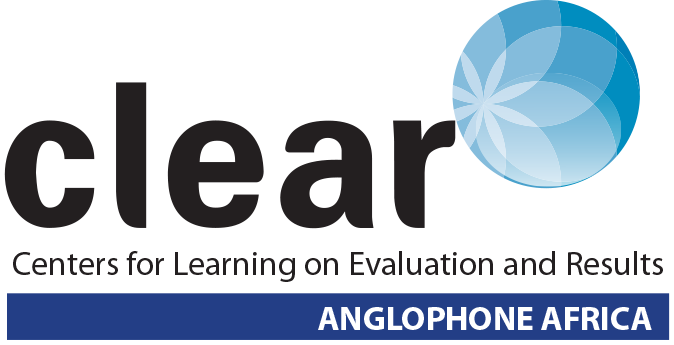University of Pretoria, Department of Chemical Engineering, Water Utilisation Division, Pretoria, South Africa
Schoeman, J.J., University of Pretoria, Department of Chemical Engineering, Water Utilisation Division, Pretoria, South Africa; Steyn, A., University of Pretoria, Department of Chemical Engineering, Water Utilisation Division, Pretoria, South Africa; Makgae, M., University of Pretoria, Department of Chemical Engineering, Water Utilisation Division, Pretoria, South Africa
A hazardous leachate from an industrial landfill site is stored in lined dams. The TDS (approximately 100 g/l) and the organic concentration (approximately 70 g/l COD) of the leachate are high. The high TDS concentration of the leachate would make treatment with reverse osmosis (RO) very difficult. The leachate also contains high concentrations of iron, manganese, barium, strontium and phenolics. This leachate has the potential to pollute the water environment, if the dams overflow. Therefore, electrodialysis (ED) was evaluated as an alternative technology to desalinate/concentrate the leachate for effluent volume reduction and pollution control. Physical/chemical pretreatment of the leachate with fly ash and chemicals have shown that the fouling potential of the leachate for membrane systems could be significantly reduced. The AFN anionic membrane from Tokuyama Soda was found to be the most resistant anionic membrane towards membrane fouling during tests in a membrane fouling test cell. This membrane was then used in a laboratory-scale ED stack to evaluate the process for treatment of the leachate. It was found that the leachate could be effectively desalinated/concentrated with ED. The desalinated effluent was significantly less toxic and more biodegradable than the ED feed or brine which comprised approximately 38% of the treated leachate. It also appears that it should be possible to control membrane fouling with regular membrane cleanings. Electrodialysis pilot tests were finally conducted in the batch and feed-and-bleed modes to develop process design criteria for a full-scale application. It was found that an excellent quality water could be produced with batch ED treatment followed by RO desalination. The treated water is almost of potable quality (645 mg/l TDS) except for high COD (935 mg/l). Feed-and-bleed ED pilot tests have shown that the TDS of the leachate could be reduced from 116,255 mg/l to 2,435 mg/l (5 stage ED). Brine volume comprised approximately 41% of the treated leachate. The capital cost of an 80 kl/d (feed) ED plant is estimated at 2.38 million US$. Operational costs are estimated at 28.96 US$/kl. © 2005 Elsevier B.V. All rights reserved.



